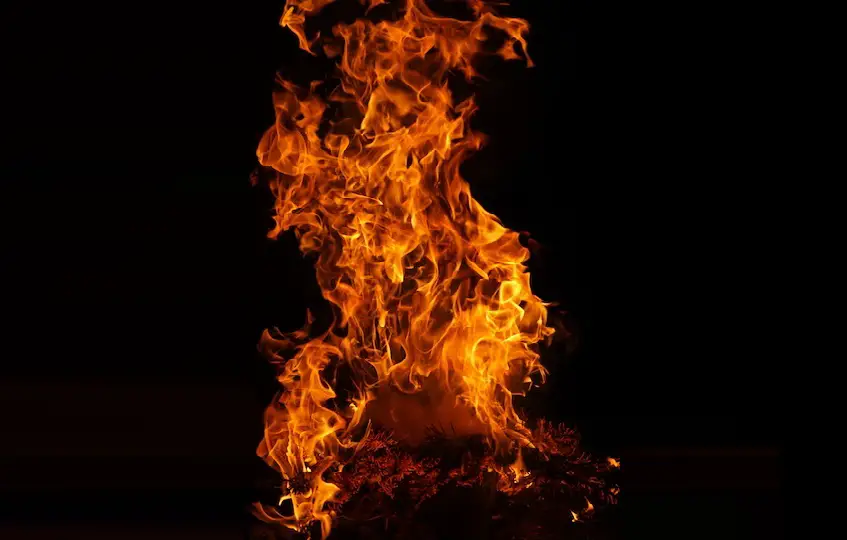European nations are complaining that as they starve for energy, Russia has ignited a gigantic gas flare just over the border with Finland, near a compressor station at the start of the Nord Stream pipeline. The gas flare, which is plainly visible from space on satellite imagery, was first noticed months ago by residents of Finland, and while gas flares to disburse excess fuel are common, the scale of the flare has generated attention.
Rystad Energy said in an interview that the flare is burning 4.34 million cubic meters of gas every day.
Dr Jessica McCarty, an expert on satellite data from Miami University in Ohio said, “I’ve never seen an LNG plant flare so much. Starting around June, we saw this huge peak, and it just didn’t go away. It’s stayed very anomalously high.”
Analysts however say it is unclear if the flare is a taunt from Vladimir Putin, a result of western sanctions imposed on Ukraine preventing the shipment of the gas, or if technical issues which have plagued the Nord Stream pipeline have forced the operator to dispose of excess gas through flaring.
Due to Western sanctions, Russian state energy giant Gazprom has been unable to operate the Nord Stream pipeline at capacity, as critical turbines that power its compressor stations have been trapped overseas. The company was forced to begin restricting flows through the pipeline in mid-June as one turbine was trapped in Canada. More recently it reduced flows further, to 20% of capacity as other compressor stations were taken offline for maintenance. There will be a further three-day planned shutdown for “routine maintenance” at the end of this month.
Some theorize that due to the reduced flows, Russia may have had technical problems which required disposing of excess gas which normally would have been shipped to Europe.
Sindre Knutsson, of Rystad Energy said, “While the exact reasons for the flaring are unknown, the volumes, emissions and location of the flare are a visible reminder of Russia’s dominance in Europe’s energy markets. There could not be a clearer signal – Russia can bring energy prices down tomorrow. This is gas that would otherwise have been exported via Nord Stream 1 or alternatives.”
Nevertheless, European critics point out that not only is the flare generating an estimated 9,000 tons of CO2 equivalent in greenhouse gasses, but it is also releasing a plume of sooty particles, known as “black carbon,” which will have unknown effects on the environment.

